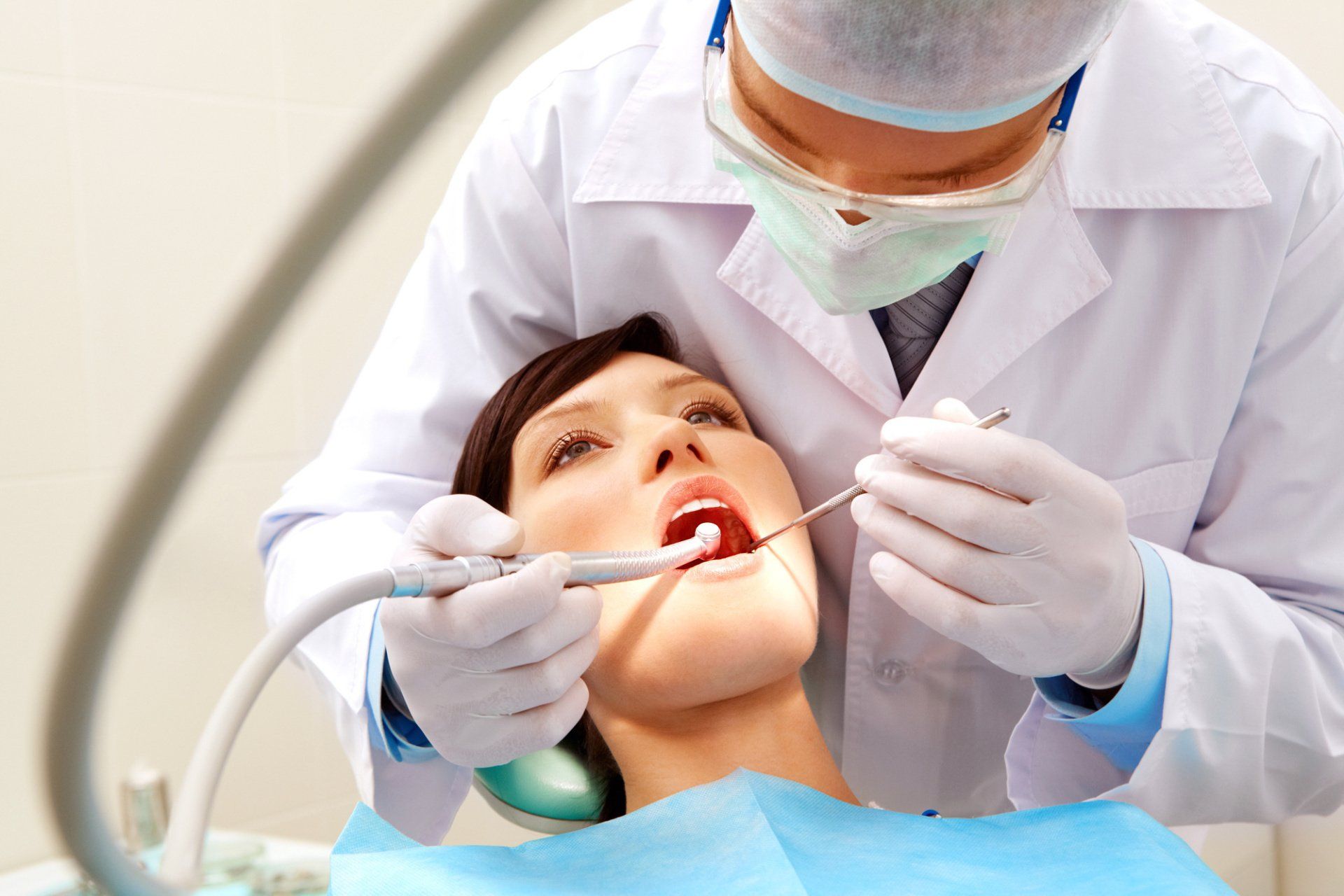What is Gum Disease and How to Cure It

Did you know that only one-third of Americans aged 40-64 have all their teeth?
Gum disease is the leading cause of tooth loss in adults. When oral hygiene isn't maintained, bacteria build in the mouth, causing gum disease.
Are you familiar with the signs of gum disease? Afraid you may be experiencing symptoms?
Learn about the causes and symptoms of gum disease and how your dentist in Clemmons, NC, can help.
What is Gum Disease?
You may have heard about gum disease and gingivitis from your dentist, but it's important to distinguish between them. Gingivitis is an inflammation of the gums due to plaque and bacterial overgrowth. When gingivitis progresses out of hand, periodontitis (gum disease) can occur.
Gum disease causes the gums and jaw bone to recede from the tooth sockets. Food and plaque collect in the resulting empty spaces, leading to infection. Toxins destroy healthy bone and tissue as the body's white blood cells attack the invading bacteria.
Decaying of the tooth sockets leads to loose, dying teeth. Tooth loss in adults is most commonly the result of gum disease.
Causes of Gum Disease
Gum disease is caused by plaque and bacteria buildup between the teeth and on the gum lines. Without regular brushing and flossing, acidic plaque and tartar harden on the tooth's surface, wearing away at tooth enamel.
Some conditions can make the gums more susceptible to gingivitis and gum disease:
- Hormonal fluctuations (pregnancy, puberty, menopause)
- Autoimmune diseases
- Cancer
- Certain medications
- Dry mouth
- Rough brushing habits
- Smoking
- Illicit drug use
The American Dental Association (ADA) recommends brushing your teeth at least twice daily, or after every meal, for two minutes each session. Try to floss at least once daily to remove plaque and bacteria between the teeth.
Gum Disease Symptoms
Gum disease can sometimes feel painless, so many people allow it to progress undetected. Some of the symptoms of gum disease, like occasional bleeding, can also occur in healthy gums. Be on the lookout for the following signs:
- Bleeding during brushing or flossing
- Bad breath, dry mouth, or sour taste
- Receding gums
- Red, swollen gum line
- Separation of gums from teeth
- Loose teeth
Gum disease may not be present throughout the whole mouth. Periodontitis can affect certain teeth more than others, such as the molars or front teeth. Both the upper and lower teeth can be affected.
Stages of Gum Disease
As previously mentioned, Dentists often consider gingivitis to be the preliminary stage of gum disease. It's crucial to receive a diagnosis and start treatment for gingivitis right away. Once gum disease sets in, it can be very difficult to repair the damage.
Stage 1: Gingivitis
Gingivitis may be hard to catch, so it is crucial to have your teeth cleaned regularly. Symptoms of gingivitis can include red, bleeding, or swollen gums. Gingivitis can make your gums feel painful or very sensitive.
Stage 2: Early Periodontitis
In early periodontitis, gingivitis has spread to the bone around the teeth. Pockets may form between the teeth and gums, where more plaque and bacteria collect. Bone loss, bad breath, and sour taste are common during stage two.
If gum disease is caught early, there is still a good chance of restoring gum health and preventing tooth loss.
Stage 3: Moderate Periodontitis
In the third stage of periodontitis, the body's protective enzymes begin breaking down bone minerals faster. The roots of teeth may become exposed, leading to increased pain and sensitivity. Bleeding, bad breath and receding gums become more severe.
At stage 3, some damage control is still possible. If the disease is stopped, a patient may be able to keep their teeth, but gum restoration is highly unlikely.
Stage 4: Advanced Periodontitis
The fourth stage of gum disease is the most severe. Patients may suffer from constant bad breath, foul taste, and spontaneous bleeding. Teeth are loose or falling out, and pus may be present in the mouth.
Bone loss in stage four periodontitis is significant and can reach over 50%. In most cases that progress to stage four, a dentist will have to extract teeth. The dentist must prioritize treatment of the infection over the preservation of teeth.
Gum Disease Treatments
Because severe damage can be irreversible, diagnosing gum disease as soon as possible is essential. After diagnosis, there are two treatment paths your dentist might take: non-surgical or surgical treatment.
The goal of both treatments is to stop the spread of infection and preserve teeth, if possible. Unfortunately, the gum tissue will not grow back.
After treatment, patients will have to follow a strict cleaning regimen. Improving oral health habits is crucial to avoid recurring infections.
Non-Surgical Treatments
In the early stages of gum disease, non-surgical treatments may effectively stop the infection and preserve teeth. Tooth scaling and root planning involve the removal of plaque and rough areas from the surface of teeth. This makes it harder for bacteria to latch and grow.
Your dentist may also prescribe or administer antibiotics to your gums. These will eliminate bacteria growing in hard-to-reach pockets.
Surgical Treatments
Surgical treatments for gum disease aim to remove diseased tissue and close pockets in the gums. Possible surgical treatments following a periodontitis diagnosis include:
- Gingivectomy
- Surgical tooth extraction
- Periodontal flap surgery
- Tissue and bone grafts
- Dental implants
Find a Dentist in Clemmons, NC
The signs and symptoms of gingivitis can go unnoticed. If you suspect that you may be suffering from gingivitis or gum disease, don't wait; make an appointment with your dentist today.
If you're looking for a dentist in Clemmons, NC, Greenway Village Dental is here to help! Our caring professionals will diagnose your symptoms and discuss your best treatment options.
Let us help you smile again. Contact us today!
Share This
Did you find this article helpful? Share it to social networks by clicking on an icon below.


